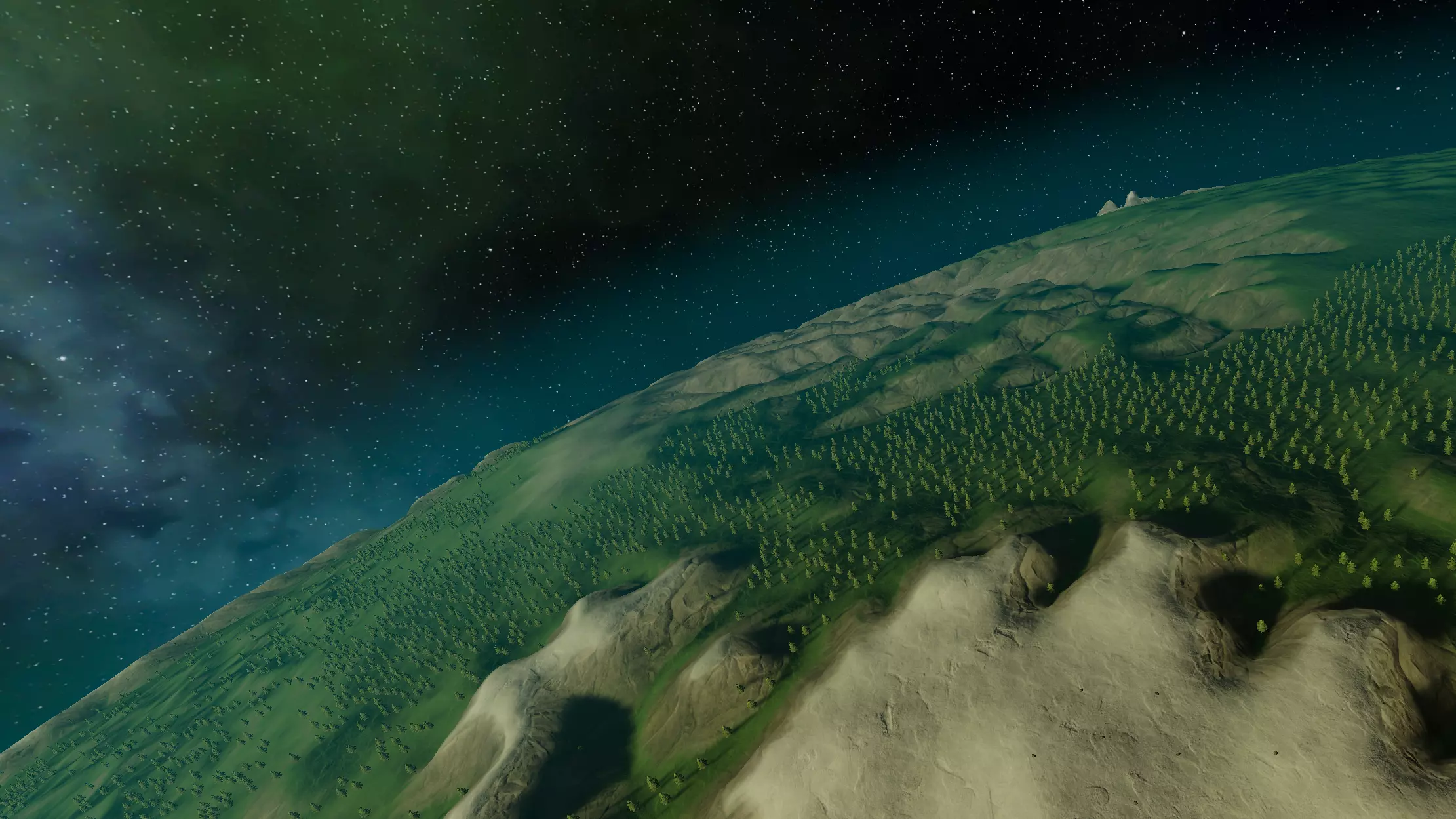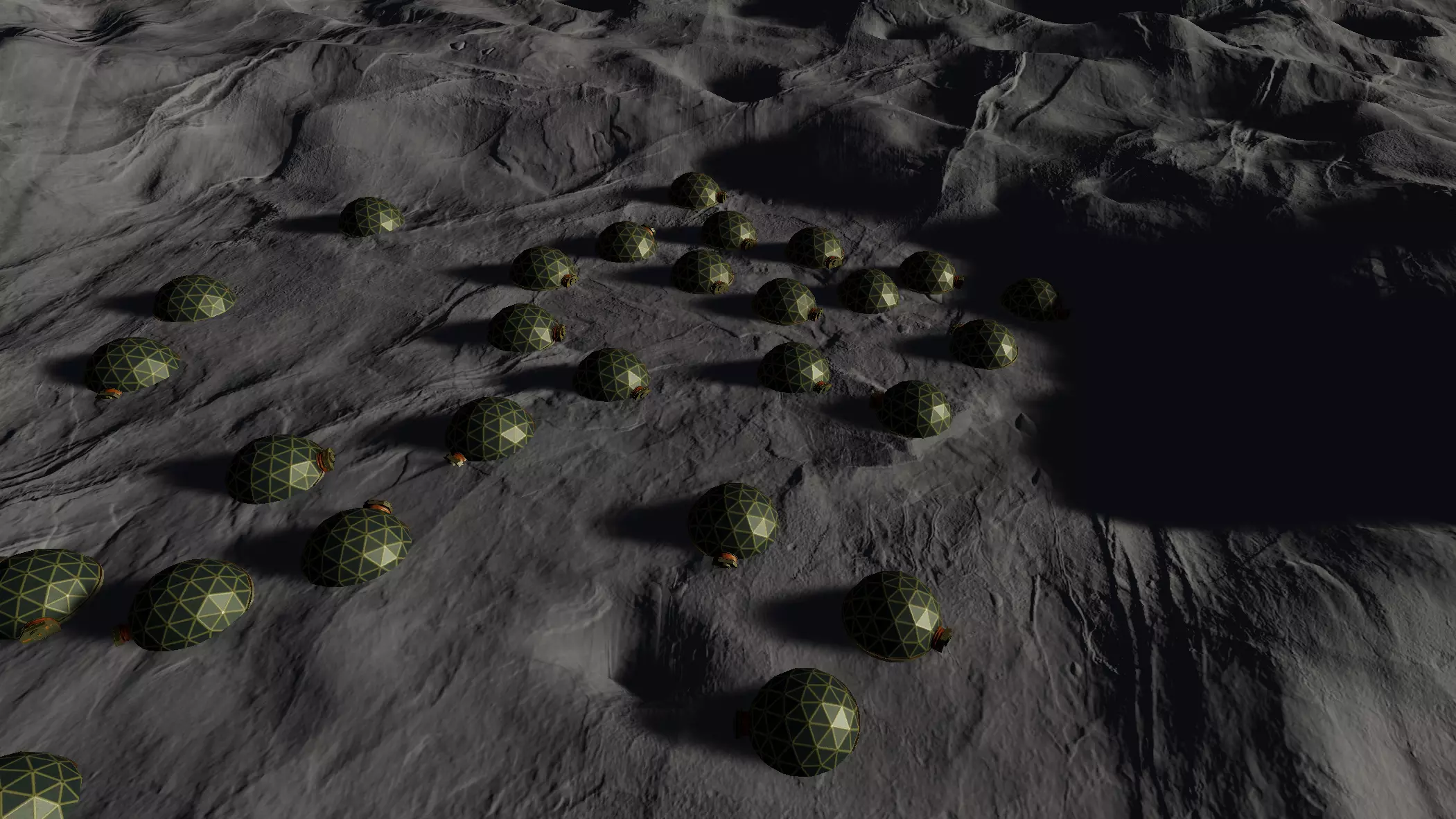Orbis Terrains
DOTS based Terrain Rendering for Unity3D, featuring spherical and flat Terrains
Get startedDOTS based Terrain Rendering for Unity3D, featuring spherical and flat Terrains
Get startedOrbis is using burst-compiled Jobs with highly optimized code. All computationally expensive tasks are run asynchronously in the background, without impact on the frame rate. Performance is further increased by using cache-optimized data structures and the new MeshData API
Entire planets can be rendered, with a quadtree LOD approach to allow high-detail environments when close to the terrain, and still maintain performance when viewing a planet from space. All terrains can have collisions enabled. Includes LOD crossfading support, and invisible sphere face culling. All components are highly configurable and extendable
Any number of terrains can be used in the same scene. Terrains can be both flat or spherical. It is also possible to modify the terrain at runtime
Create huge scenes using the included floating origin system, allowing you to go past the floating-point precision limit. Use procedurally generated terrain with dynamically place foliage to fill the terrain
Closely define the terrain using pre-generated heightmaps, or use the procedural generation to generate height data at runtime
Orbis can procedurally scatter objects on the terrain using poisson disk scattering, useful for placing foliage or areas of interest. Foliage can also have collisions and LODs. To avoid visible pop-in, a system to fade foliage in/out is included. Spawning is defined using multiple rules, such as slope, biome, etc.


Windows target build, includes multiple planets, and features prodecural foliage placement, DOTS physics colliders, as well as runtime modification of the terrain
Get Windows DemoAndroid target build, includes a small sample spaceship game with a single planet, physics, foliage, and runtime modification of the terrain (Coming Soon)
Get Android Demo